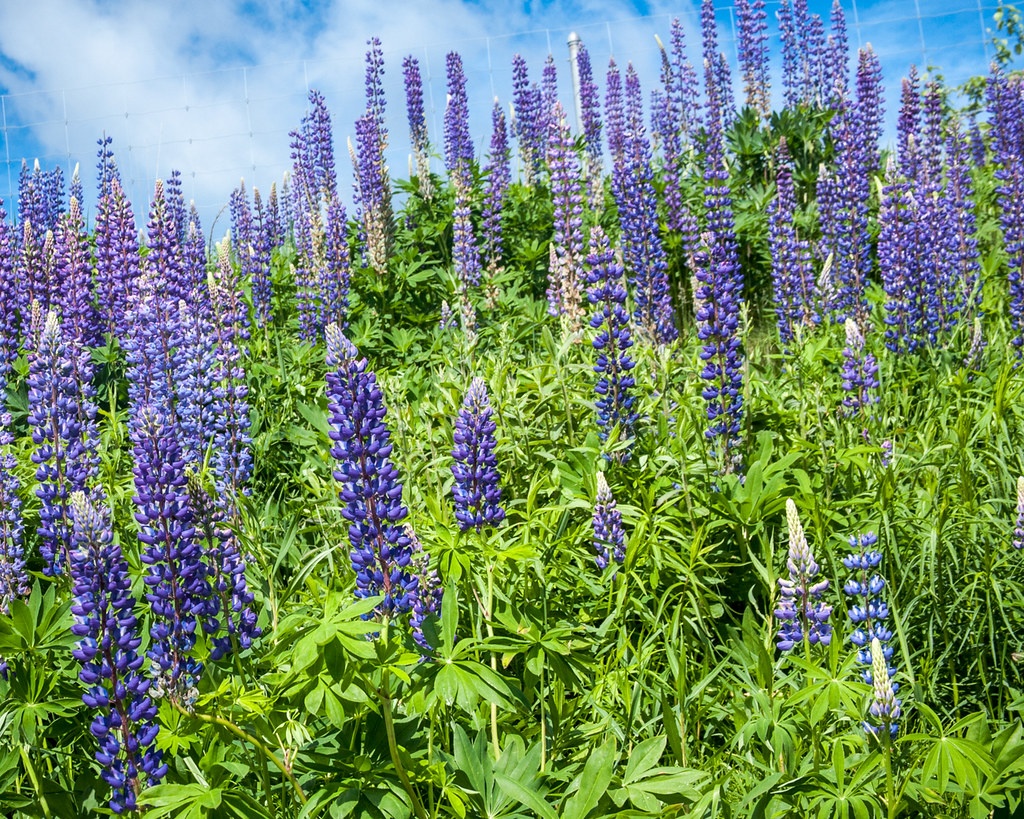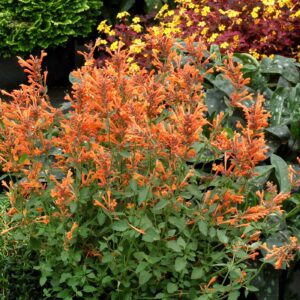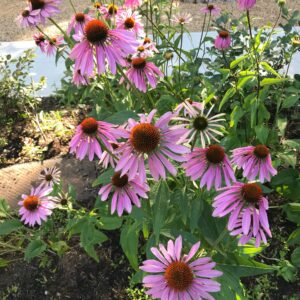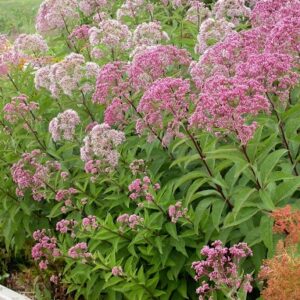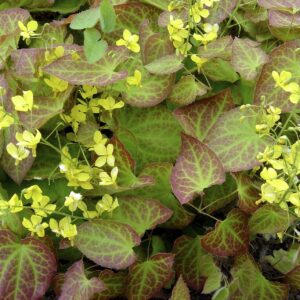Description
Lupine Characteristics
Lupine are highly ornamental perennials that require some care to survive and may be better used as annuals. Lupine have little heat tolerance and while the best flowering occurs in full shade, some light or sun dappled shade can be appreciated in the height of summer. Good air circulation can help to keep the foliage healthy. The Pittsburgh climate lies at the far reaches of Lupine's heat tolerance. In particularly warm summers, Lupine may be best grown as annuals. A layer of mulch can help to keep the roots cool and consistently moist.
Deadheading spent flower spires can encourage additional bloom. Lupine is a hybrid species that does not perform well with self-seeding. Deadheading can help to prevent self-seeding. Propagation can occur by cutting and replanting sideshoots in spring or early summer.
Snails and slugs may snack on the foliage of Lupine. Good air circulation is essential to prevent or minimize powdery mildew. If anti-fungals do not work, consider cutting the foliage to the ground to allow for regrowth. Tall plants may need staking.
-
USDA Climate Zone
Zones 4 - 8`
-
Height
3.00 - 4.00'
-
Spread
1.00 - 1.50'
-
Bloom Time
May - July
-
Water
Medium
-
Sun
Full Sun
-
Maintenance
Medium
-
Deer Resistant?
Yes
